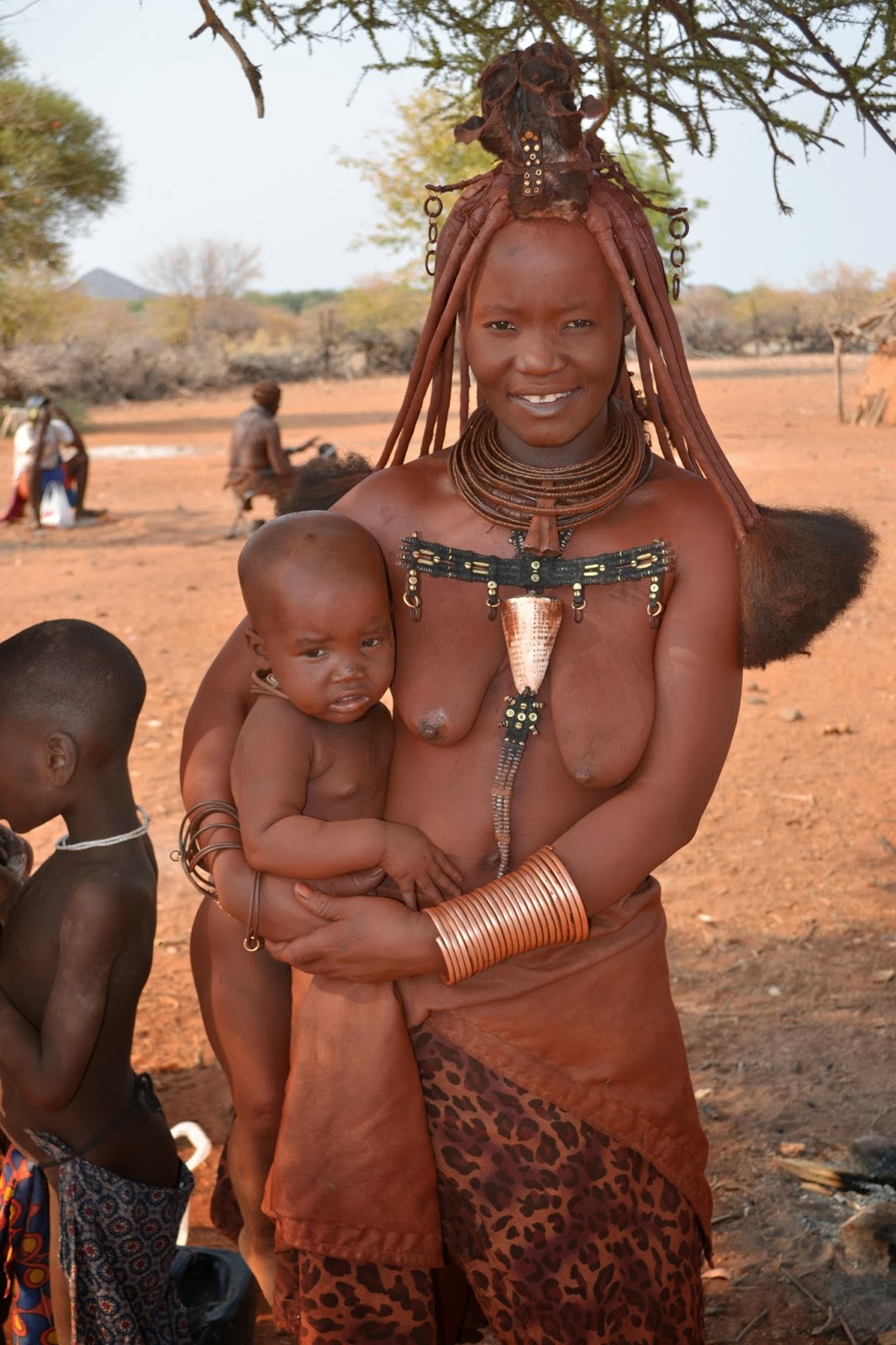Breastfeeding and Breastmilk Research among the Himba
Greetings from Namibia! Prof. Brooke Scelza, Department of Anthropology, UCLA and I just spent the last few weeks conducting research among the Himba people of Northwestern Namibia.
This has been a long-planned collaboration between Brooke and myself and it was fantastic to finally get the project well and truly launched. Integrating methods from human behavioral ecology, ethnography, and lactation biology we were able to investigate numerous aspects of breastfeeding and breastmilk among traditionally living pastoralists. Although bold claims and righteous results await lab assays and data analysis, here is a photo essay that captures some of what we were doing.
This has been a long-planned collaboration between Brooke and myself and it was fantastic to finally get the project well and truly launched. Integrating methods from human behavioral ecology, ethnography, and lactation biology we were able to investigate numerous aspects of breastfeeding and breastmilk among traditionally living pastoralists. Although bold claims and righteous results await lab assays and data analysis, here is a photo essay that captures some of what we were doing.
Himba Woman & Infant
photo by me!
Driving from Windhoek to Kaokoland took a couple of days during which we saw baboons, giraffes, warthogs, and duikers just chillin' roadside.
Driving on the right side on the left side
(of the car, of the road)
We worked in the shadow of Omuhonga, near the town of Okongwati.
photo by B. Scelza
Most Himba today still live a semi-nomadic lifestyle, tending their goats and cows in a semi-arid ecosystem. The last two rainy seasons were particularly unrainy, requiring the people in the community to dig deep into the riverbed to reach the water table.
The Sand Well
(not to be confused with the Sarlacc)
photo by B. Scelza
After buckets of water are passed up the ladder, they are poured into a log trough for the animals.
photo by B. Scelza
Extended families live in compounds that include a number of mud & dung huts and corrals for livestock.
photo by K. Hinde
We interviewed many mothers about their breastfeeding experiences throughout their reproductive career.
photo by K. Hinde
Babies were weighed before and after a suckling bout to estimate milk volume, and mothers provided a mid-feed milk sample for composition analysis (Miller et al. 2013).
photo by B. Scelza
My accommodations, which were quite lovely until the last night when I found a baboon spider in the tent. That was the night I, most happily, slept in the truck.
photo by B. Scelza
One afternoon these kiddos and I played balloon games and exchanged dance lessons.
photo by K. Hinde
And all too soon we were packed up and ready to go...
with precious cargo!
Milk Samples! To the Lab, stat!
_____________
Also if you want to learn more about Brooke's super awesome research with the Himba, check out this paper on mate choice and this one on mothers.
Special thanks to Noreen Tuross for the use of her vapor shipper!
Special thanks to Noreen Tuross for the use of her vapor shipper!
Literature Cited:
Miller, Elizabeth M., Marco O. Aiello, Masako Fujita, Katie Hinde, Lauren Milligan, and E. A. Quinn. "Field and laboratory methods in human milk research." American Journal of Human Biology 25, no. 1 (2013): 1-11.














Comments
Post a Comment